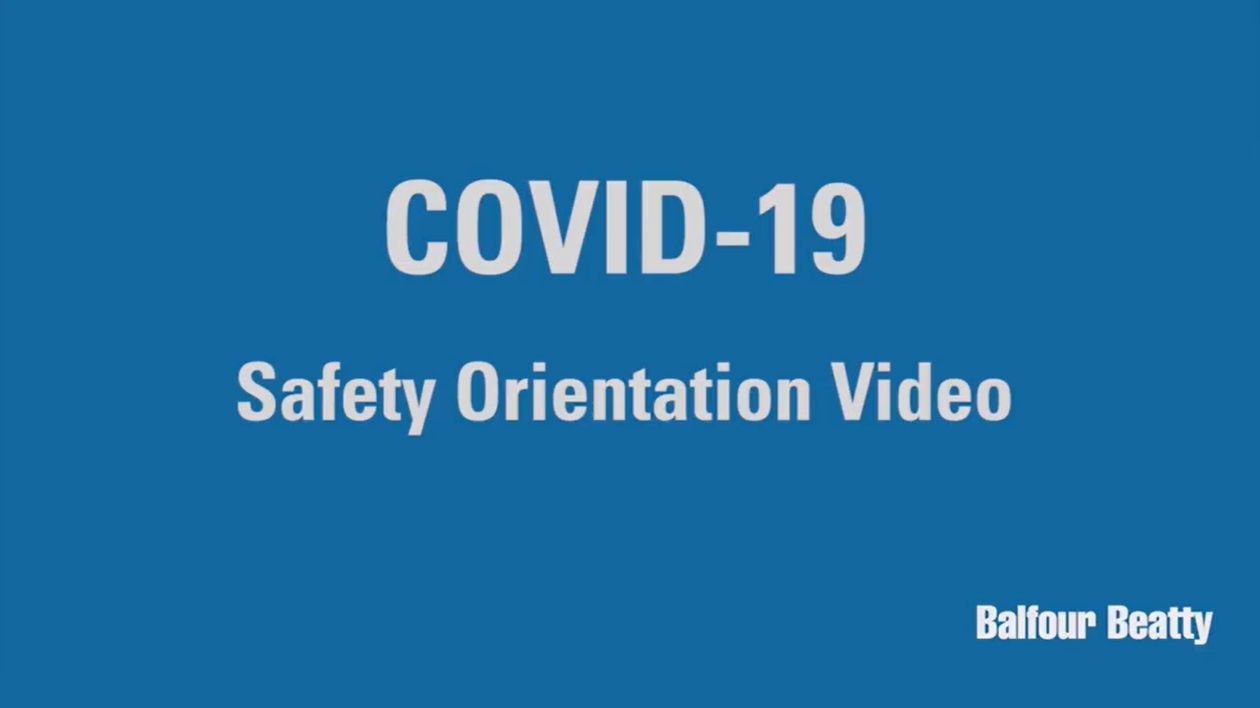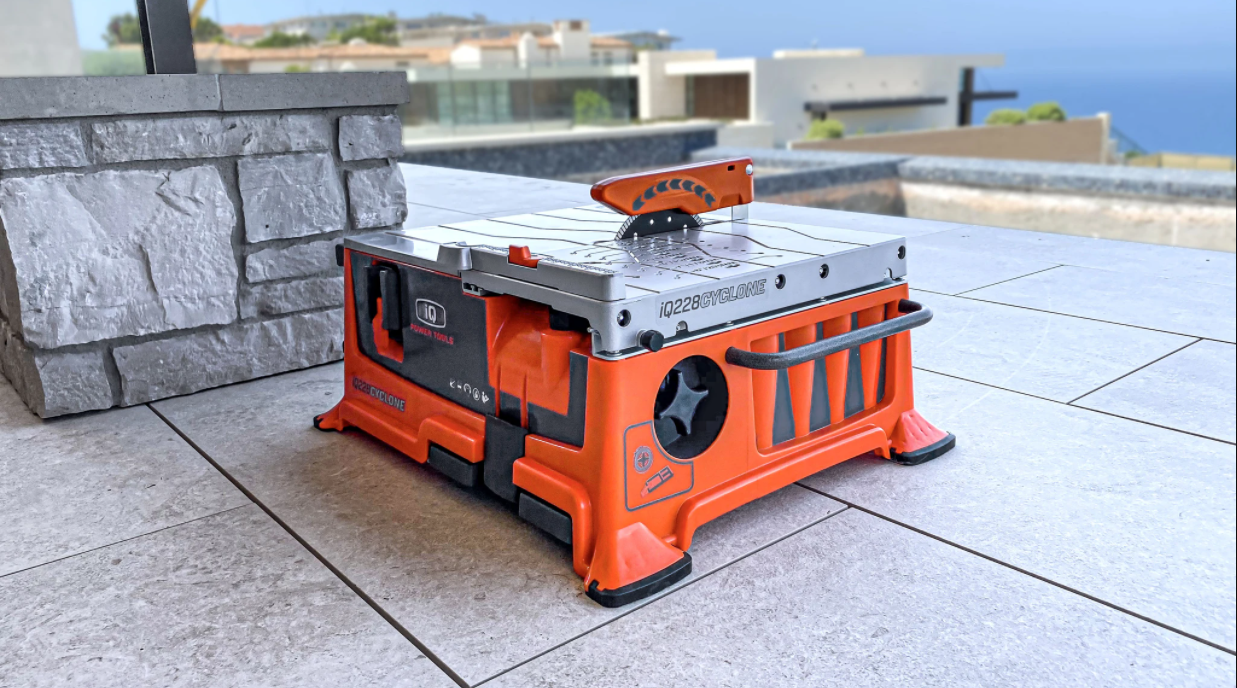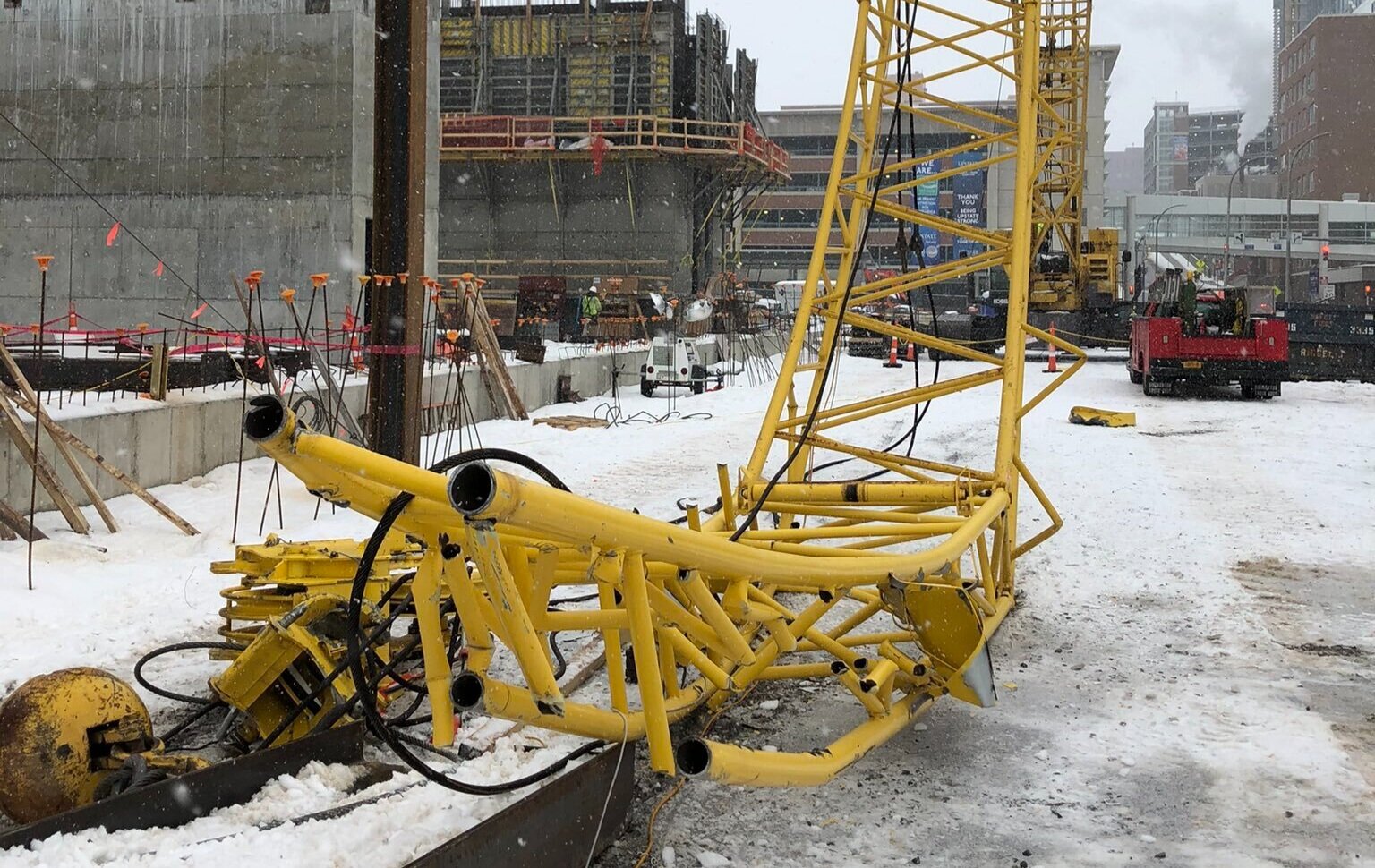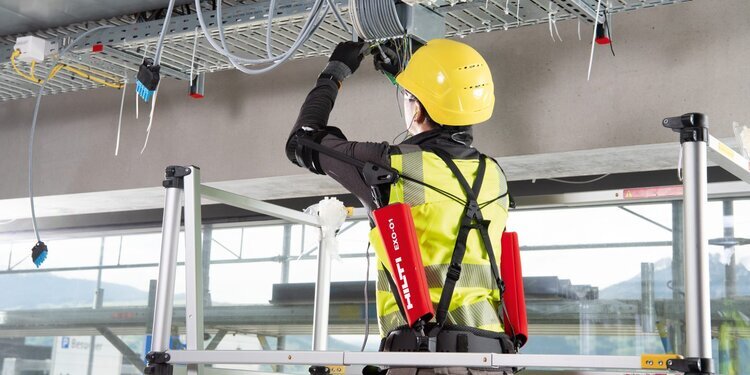Last week, we shared some newly updated Trenching and Excavation safety information from OSHA, which was part of their priority goals for 2018. Those updates included a public service announcement and updated online resources. The administration has just announced the update of their National Emphasis Program (NEP) on trenching and excavation safety, which features a period of education and prevention outreach.
Read moreOSHA Updates their National Emphasis Program on Trenching and Excavation Safety
OSHA
















Last summer, Hilti announced that they had developed their first exoskeleton designed for construction tradespeople in a partnership with Ottobuck, a prosthetics, orthotics, and exoskeleton provider. Earlier this month, Hilti officially released the exoskeleton, announced more details, and published its retail price on their website.